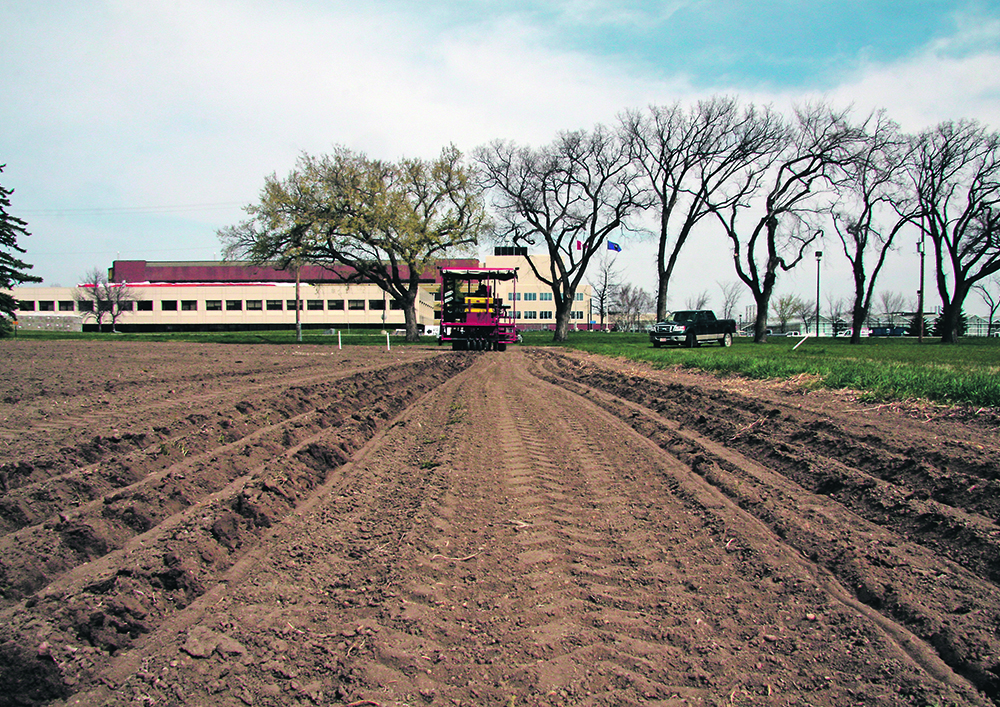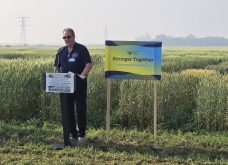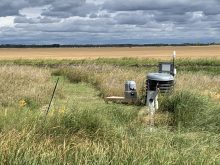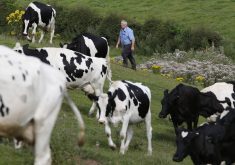Agricultural research in Canada has been conducted by the private and public sectors since the country’s beginning. This timeline looks mainly at the development of federal agricultural research in Canada and is based on information from the Canadian Encyclopedia.
1821: The first record of agricultural research is an attempt to establish an experimental dairy farm at the Selkirk settlement in what is now Winnipeg. It is followed by a facility to demonstrate new equipment in 1831 and a sheep production experimental farm in 1838. These initiatives are all abandoned shortly after their establishment.
Read Also
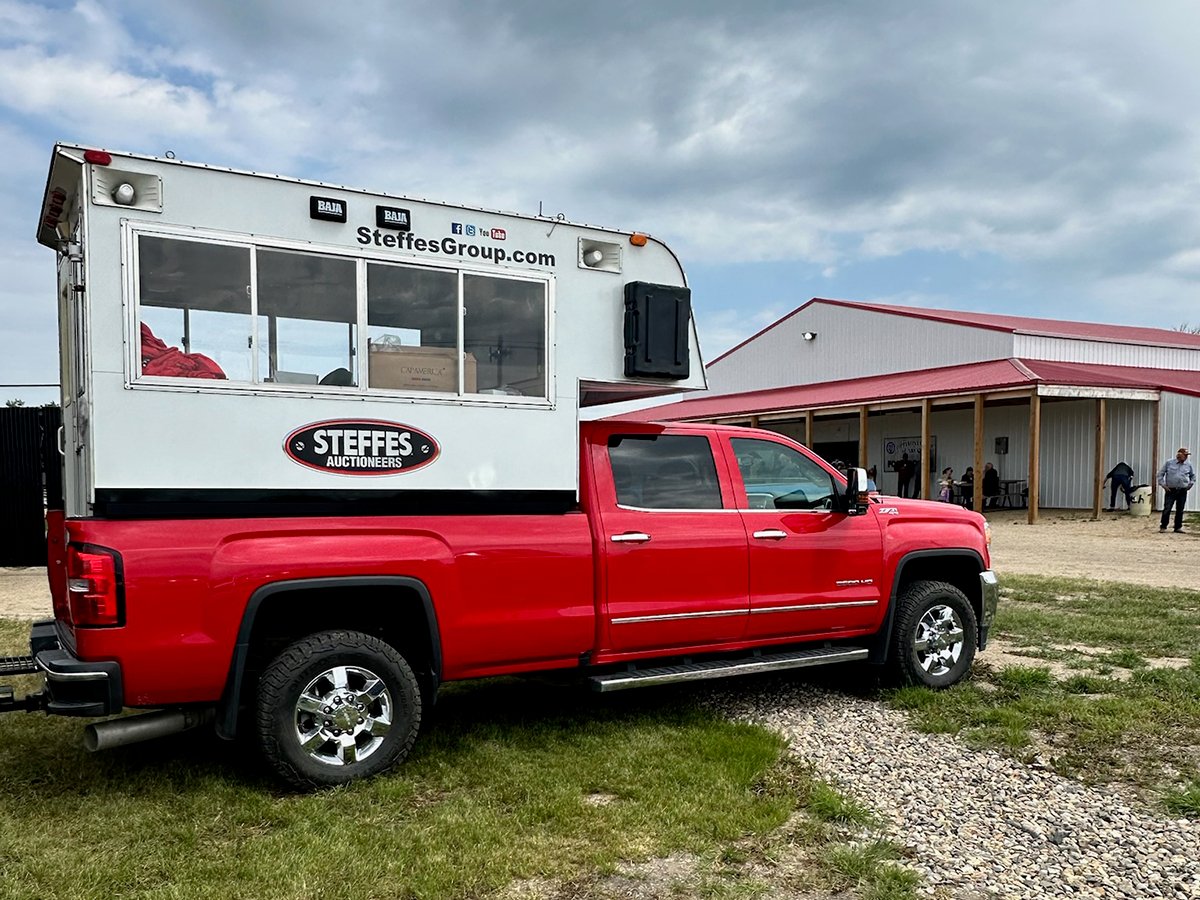
Farm auctions evolve with the times
Times have changed. The number of live, on-farm auctions is seeing a drastic decline in recent years. Today’s younger farmers may actually never experience going to one.
1884: A House of Commons committee investigating how to support agriculture in Canada recommends establishing an experimental farm where varieties of foreign grain, trees and fertilizers can be tested.
1885: Professor William Saunders from the University of Western Ontario is asked in November to study the practicality of establishing experimental farms.
1886: Saunders’ report is released Feb. 29, an Act Respecting Experimental Farm Stations receives royal assent June 2 and Saunders is appointed director of the new Experimental Farms Service Oct. 12. The legislation authorizes the establishment of five experimental farms, with the first being the Central Experimental Farm in Ottawa.
1887: An experimental farm is built at Nappan, N.S.
1888: Experimental farms are established at Brandon, Man, Indian Head, N.W.T., and Agassiz, B.C. Their priorities are the testing of crops, livestock housing, nutrition and management of animals, and the use of manure as a fertilizer.
1906: Experimental station established in Lethbridge, Alta.
1907: Experimental stations started in Alberta in Lacombe and Fort Vermillion.
1909: Experimental station opens in Rosthern, Sask. It is closed in 1940.
1909: Marquis wheat is released by Charles Saunders, the son of William Saunders.
1911: Experimental station established in Scott, Sask.
1914: Experimental station established in Summerland, B.C.
1915: Experimental station established in Morden, Man.
1917: Experimental farms established in Saskatoon and Beaverldoge, Alta.
1920: Marquis wheat is grown on almost 15 million acres on the Prairies, about 90 percent of the total wheat acreage.
1921: Experimental station established in Swift Current, Sask.
1924: Experimental station established in Winnipeg
1925: Experimental station established in Vancouver
1931: Experimental station established in Regina
1935: Experimental stations established in Melfort, Sask., and Kamloops, B.C.
1940: Experimental stations established in Creston and Prince George in B.C.
1944: Experimental station established in Portage la Prairie, Man.
1945: Experimental station established at Mile 1019 in the Yukon (subsequently closed due the lack of agricultural potential in the regions that it served).
1947: Experimental station established in Fort Simpson, N.W.T. (subsequently closed due the lack of agricultural potential in the regions that it served).
1957: Experimental farm opens in Vegreville, Alta.
1959: All agricultural research activities conducted by the federal government are merged into the Research Branch. By the end of the 1970s it has more than 50 research locations, which are consolidated into 19 research centres or centres of excellence by 1995.
1964: The first variety of rapeseed is released with very low erucic acid levels, called canola. The work is led by Keith Downey of the Saskatoon Research Centre, as well as Baldur Stefansson of the University of Manitoba.
1977: Canola oil is approved as safe for human consumption. Similar approval is given in the United States in 1985.

